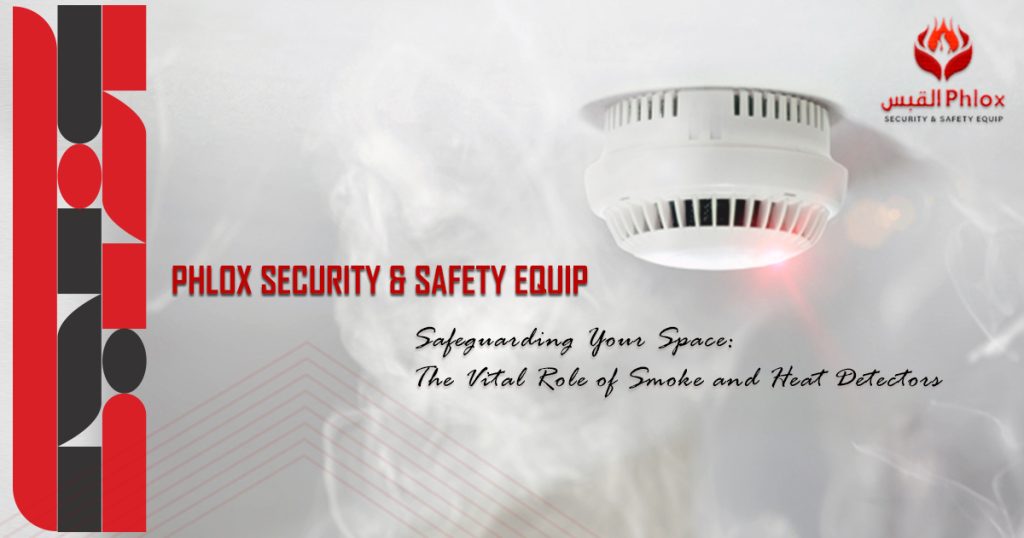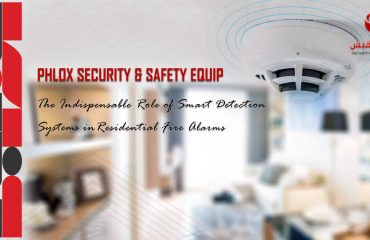
Safeguarding Your Space: The Vital Role of Smoke and Heat Detectors
In the realm of fire safety, early detection is the linchpin of effective prevention. This is where smoke and heat detectors come into play as the unsung heroes. They are silently standing guard to ensure the safety of your loved ones and property. In this blog, we’ll explore the critical importance of these detectors, and their unique functions. In addition to exploring why they are non-negotiable components of any comprehensive fire safety plan.
Early Warning for Swift Response:
These detectors act as the first line of defense in fire emergencies. The design of those detectors helps them detect the earliest signs of smoke or rapid temperature increases, providing crucial seconds and minutes for occupants to respond and evacuate safely.
Different Detection Mechanisms for Smoke and Heat Detectors:
Smoke Detectors: These devices use either ionization or photoelectric technology to detect particles in the air that are indicative of a fire. Ionization detectors are adept at detecting fast-burning, flaming fires, while photoelectric detectors excel at identifying smoldering, smoky fires.
Heat Detectors: Unlike smoke detectors, they are activated by temperature rather than the presence of smoke. They respond when a specific threshold temperature is reached, signaling a potential fire hazard.
Comprehensive Protection:
Combining both detectors ensures comprehensive coverage. Smoke detectors are crucial for detecting early-stage, smoldering fires. While heat detectors are ideal for environments where smoke is not typically produced, such as kitchens or mechanical rooms.
Location Matters:
Strategic placement of detectors is essential for their effectiveness. Smoke detectors should be installed in every bedroom, on each level of the building, and near common areas. Heat detectors, on the other hand, are best suited for spaces where smoke is expected, like kitchens and garages.
These detectors are standing vigilant to protect your home and loved ones from the devastating effects of fires. By understanding their functions, proper placement, and maintenance requirements, you take a giant stride towards bolstering the fire safety of your space.





